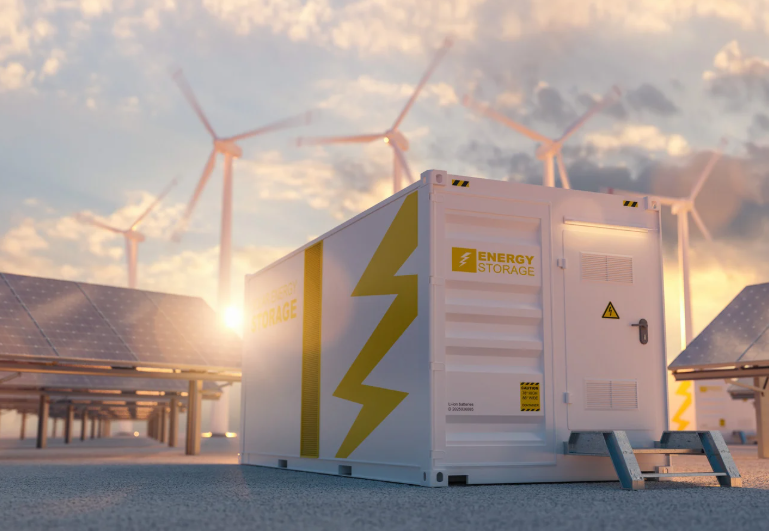Latvenergo, Latvia’s leading energy company, plans to install 250 megawatts (MW) of energy storage capacity by 2030. This ambitious target is part of a broader strategy to integrate renewable energy sources more efficiently and ensure grid stability. With renewable energy generation being inherently variable, the pressing need for reliable energy storage solutions becomes evident. As of 2023, global market trends indicate a significant increase in energy storage deployments, with Europe alone witnessing a 70% year-on-year increase in battery storage installations.
In Latvia, the challenge remains to balance intermittent renewable energy supply with consistent demand. As reported, Latvia’s renewable energy capacity, primarily driven by wind and solar, is expected to rise substantially over the decade. However, this growth necessitates substantial support from storage systems to mitigate fluctuations and prevent energy wastage. Energy storage technologies, particularly lithium-ion batteries, have shown considerable promise—accounting for 90% of new storage deployments in recent years due to their efficiency and declining costs.
The energy storage market’s expansion is not without challenges. The high initial capital investment and the need for technological advancement in battery lifespan and efficiency are significant hurdles. Latvenergo’s plan aligns with the European Union’s Green Deal objectives, aiming for increased renewable integration and carbon neutrality. Investment in research and development is essential to overcoming these barriers, with industry experts advocating enhanced regulatory frameworks to support large-scale storage solutions.
By 2030, the expected rise in energy storage deployment in Latvia will not only facilitate renewable energy use but also potentially reduce dependency on fossil fuels. A shift towards self-sufficiency through domestic energy resources is a strategic response to global energy instability. The potential benefits extend beyond environmental gains—economic opportunities in creating jobs related to the manufacture, installation, and maintenance of these systems are likely to arise.
While the objective to amass 250 MW by 2030 is ambitious, Latvenergo’s initiative draws attention to the necessary evolution within the energy sector. Industry stakeholders must collaboratively address the technological, financial, and regulatory challenges to develop efficient storage solutions. As Latvenergo progresses, continual assessment and adaptation to emerging technologies and market dynamics will be crucial.
